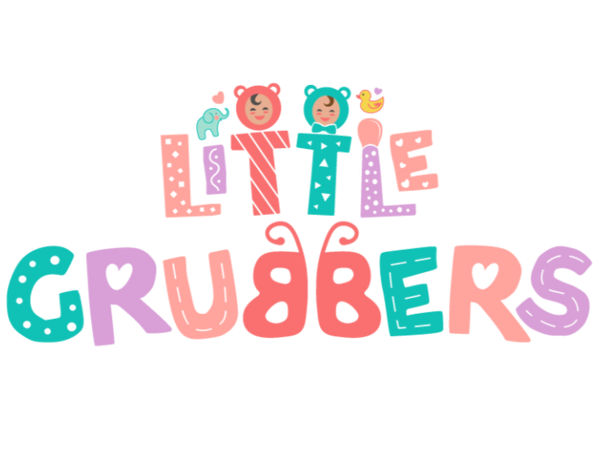Is Your Baby Ready for Solids?
Starting solids is an exciting milestone for both you and your baby! It’s a big step toward independence and exploring new tastes and textures. But how do you know if your little one is ready?
In this blog, we’ll explore the signs of readiness, share tips for introducing solids to your baby, and offer tools to make this transition easier. Whether you're a first-time parent or need a refresher, this guide is here to help.
1. Recognizing the Signs of Readiness
Every baby is unique, but most are ready for solids around 4–6 months. Watch for these key signs to know if it’s time:
- Good Head Control: Your baby can sit up with minimal support and keep their head steady.
- Interest in Food: They watch you eat, reach for your plate, or mimic chewing motions.
- Loss of Tongue-Thrust Reflex: They no longer push food out of their mouth automatically.
- Increased Appetite: They seem unsatisfied with milk alone and show hunger cues more frequently.
Pro Tip
Consult your pediatrician before starting solids to ensure your baby is developmentally ready.
2. Choosing the Right First Foods
Once you’re sure your baby is ready, the next step is deciding what to offer. Start with single-ingredient, soft-textured foods that are easy to digest.
Examples of First Foods
- Pureed vegetables (carrots, sweet potatoes)
- Mashed fruits (bananas, avocados)
- Iron-fortified cereals mixed with breastmilk or formula
Pro Tips
- Introduce one food at a time and wait 3–5 days before adding another to monitor for allergies.
- Serve small portions—just a teaspoon or two is enough for their first few meals.

3. Making the First Feeding Special
Your baby’s first taste of solids is a moment to celebrate! Choose a time when your baby is well-rested and not overly hungry.
Steps for a Smooth First Feeding
- Seat your baby in a highchair with good support.
- Offer a small amount of food on a soft-tipped spoon like the 3-in-1 Baby Spoon™.
- Watch their reaction—it’s normal for babies to be unsure at first.
- Stay patient and encouraging, even if most of the food ends up everywhere but their mouth!

4. Handling Common Challenges
Starting solids comes with its share of surprises. Here’s how to navigate common hurdles:
- Refusal to Eat: Your baby might not be interested right away. Try again later or offer a different food.
- Gagging: Gagging is normal as babies learn to move food around in their mouth. Stay calm and avoid reacting dramatically.
- Messiness: Embrace the mess! It’s all part of the learning process.
Pro Tip
Let your baby explore the food with their hands. It’s a great way to build sensory awareness and familiarity.

Check out “How to Encourage Your Baby to Self-Feed” for tips on fostering independence during mealtime.
5. Tools That Make Feeding Easier
The right tools can turn feeding time into a stress-free experience for you and your baby.
Top Picks
- 3-in-1 Baby Spoon™: Gentle on gums, easy to grip, and grows with your baby’s feeding needs.
- Silicone bibs with a pocket to catch spills.
- Divided plates to introduce multiple foods at once.
6. Celebrate the Milestone
Starting solids is more than just feeding—it’s a milestone that marks your baby’s growth and curiosity. Capture the moment with photos or videos, and remember to enjoy this new chapter together.
Pro Tips
- Keep mealtimes stress-free by focusing on your baby’s cues rather than rigid schedules.
- Celebrate small victories, like finishing a few spoonfuls or trying a new food.
Simplify Feeding with Little Grubbers
Starting solids can be an exciting but challenging journey. With the right approach and tools, you can make it a joyful experience for both you and your baby.
Looking for a tool to make feeding easier? Check out the 3-in-1 Baby Spoon™, designed to grow with your baby and make every bite count.
Discover the 3-in-1 Baby Spoon™ today and start your solids journey on the right foot!

